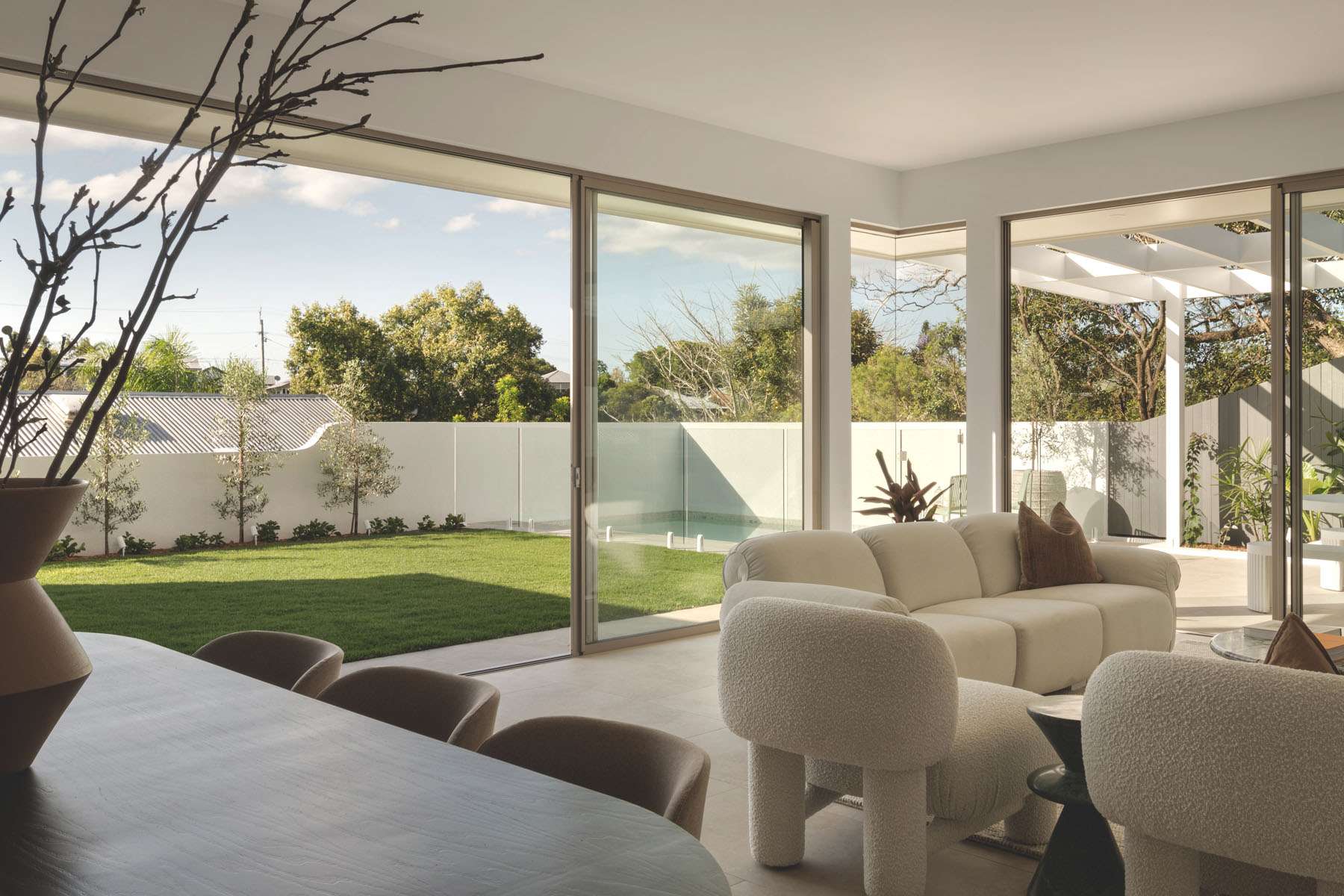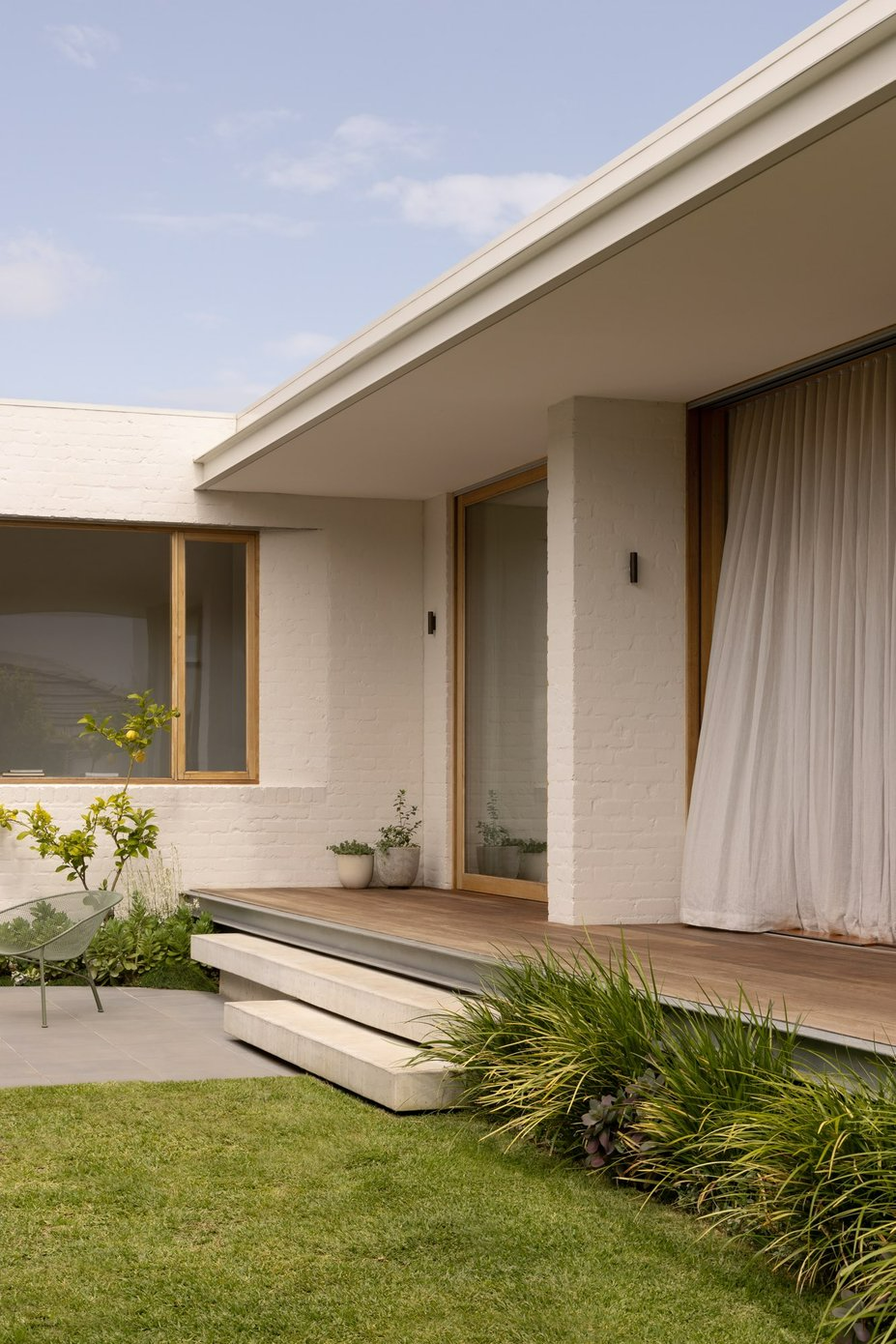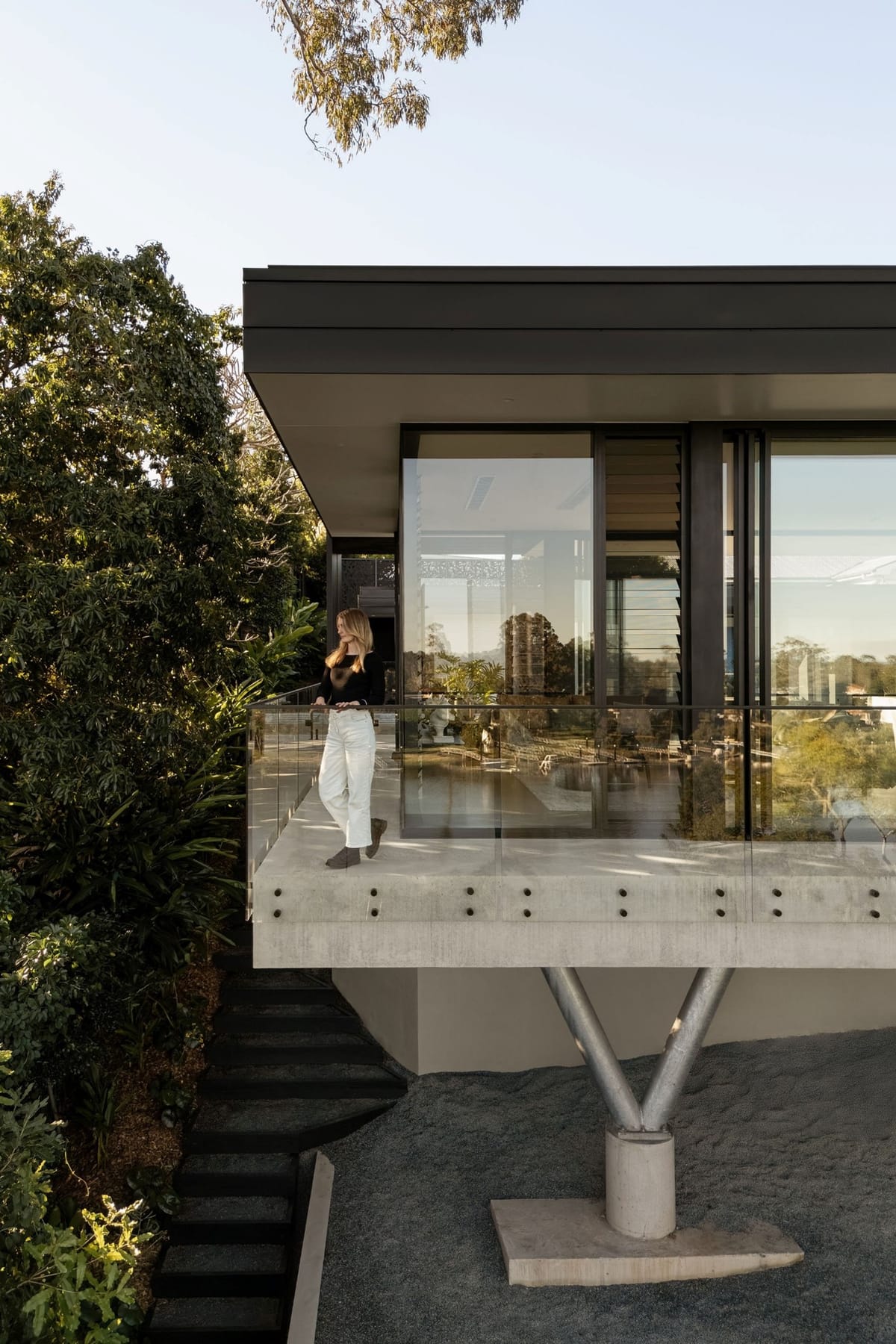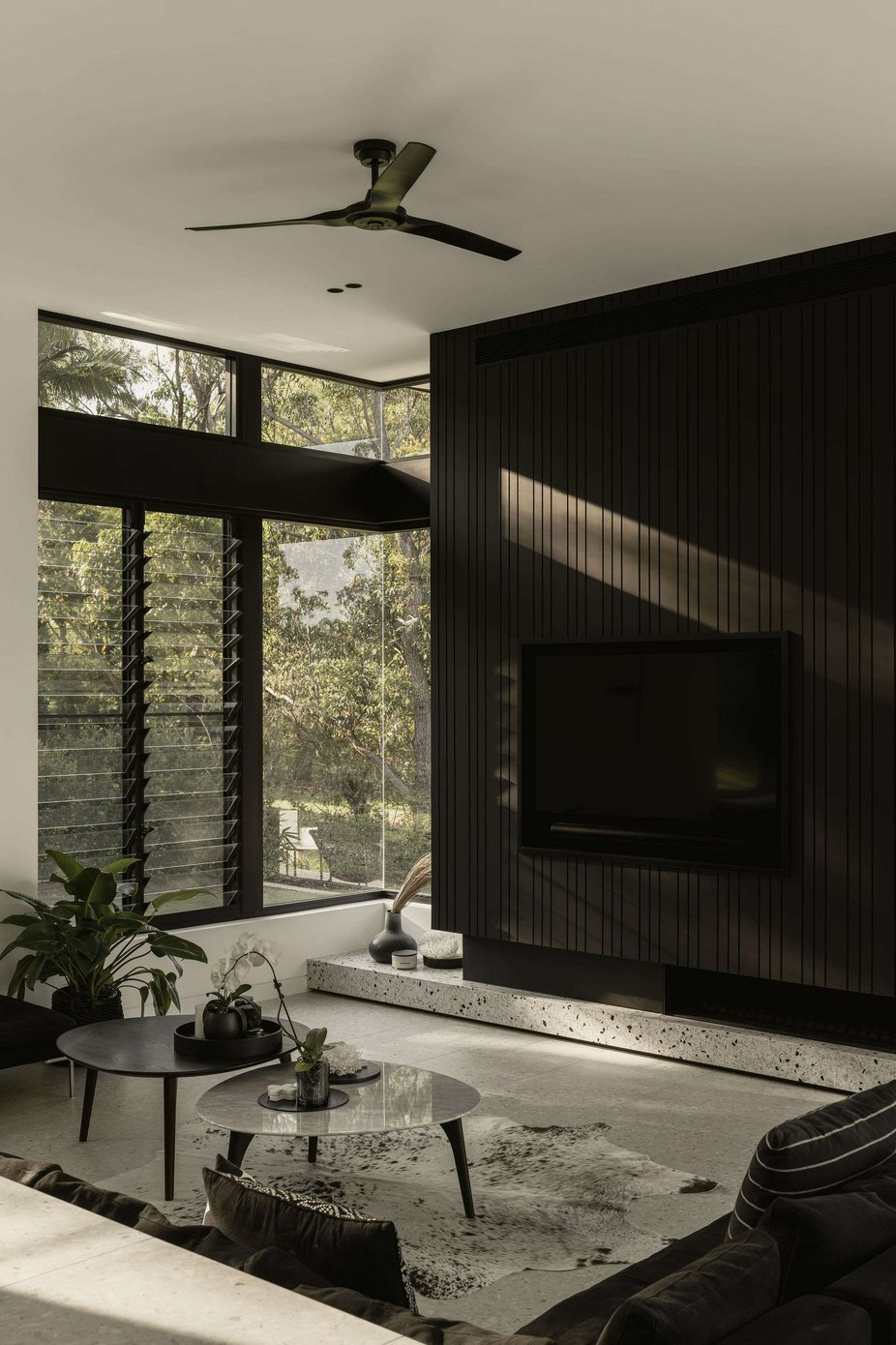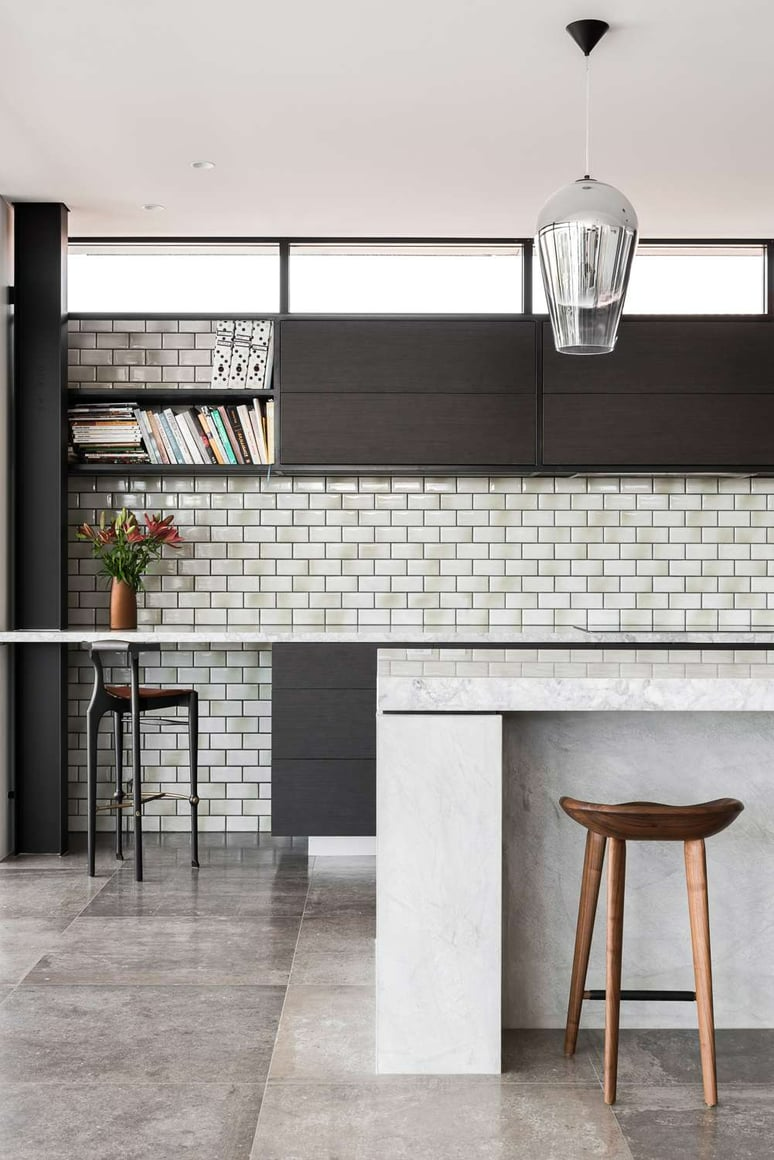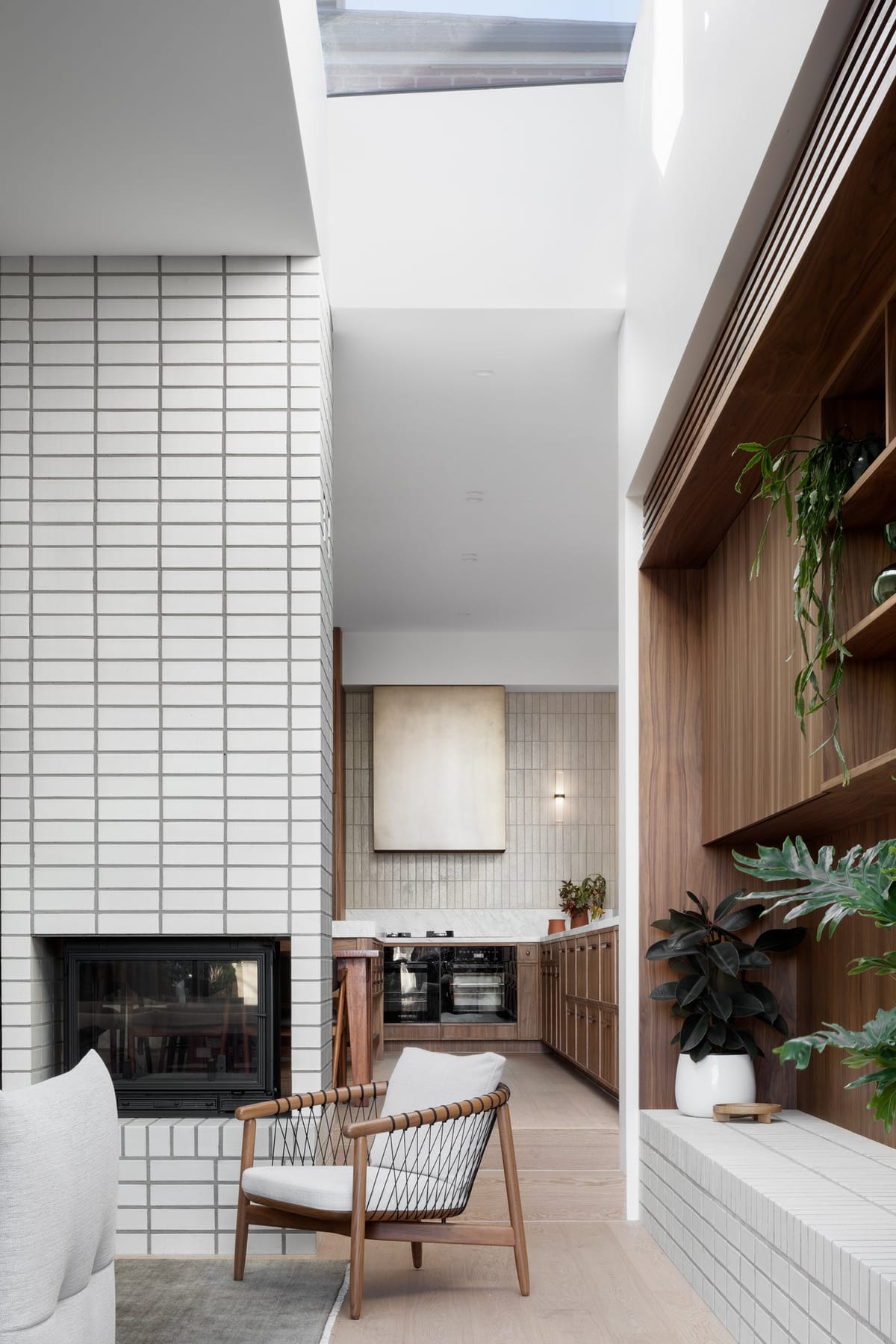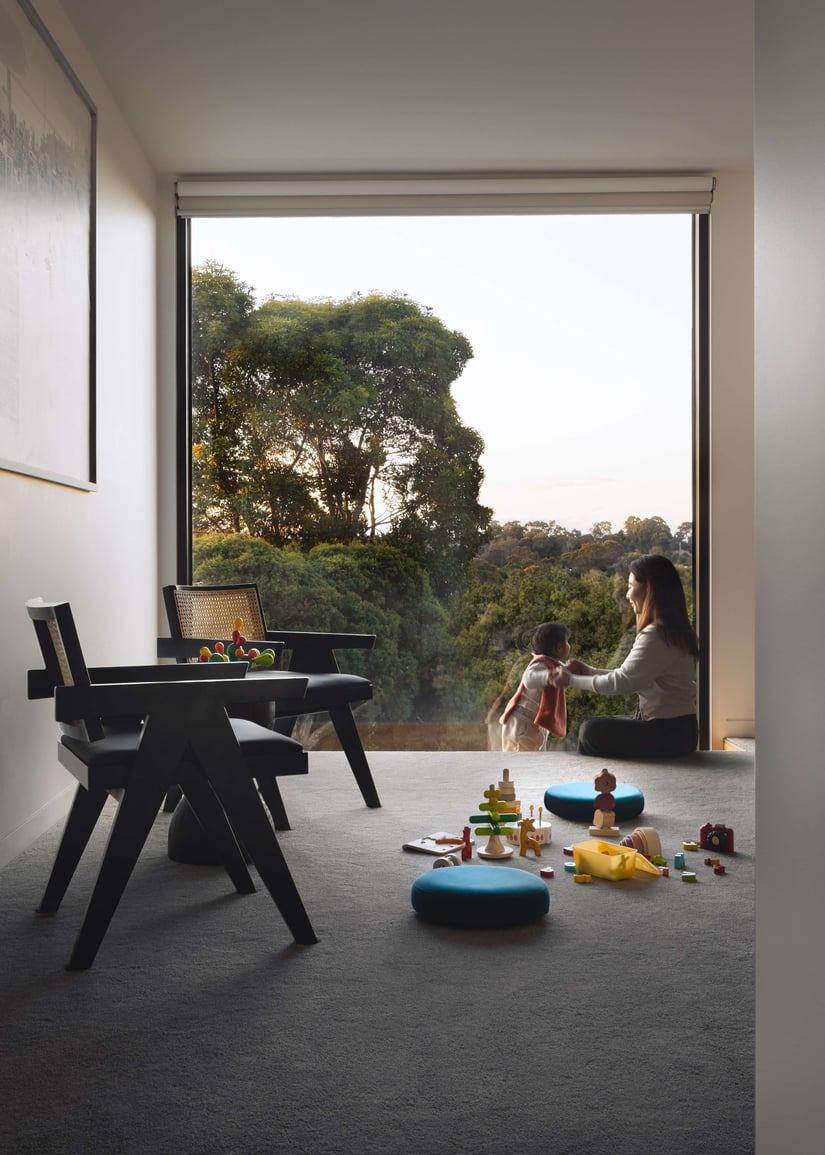Renovating your home isn’t just about fresh paint and new appliances — it’s one of the most strategic ways to increase the value of your property, whether you're planning to sell, lease, or simply enhance your lifestyle. But not all renovations are created equal. Some updates deliver strong returns, while others can leave homeowners out of pocket.
In this guide, we break down the home improvements that add the most value in the Australian market, explore how costs vary across states, and offer design-savvy advice on where to invest and where to hold back.
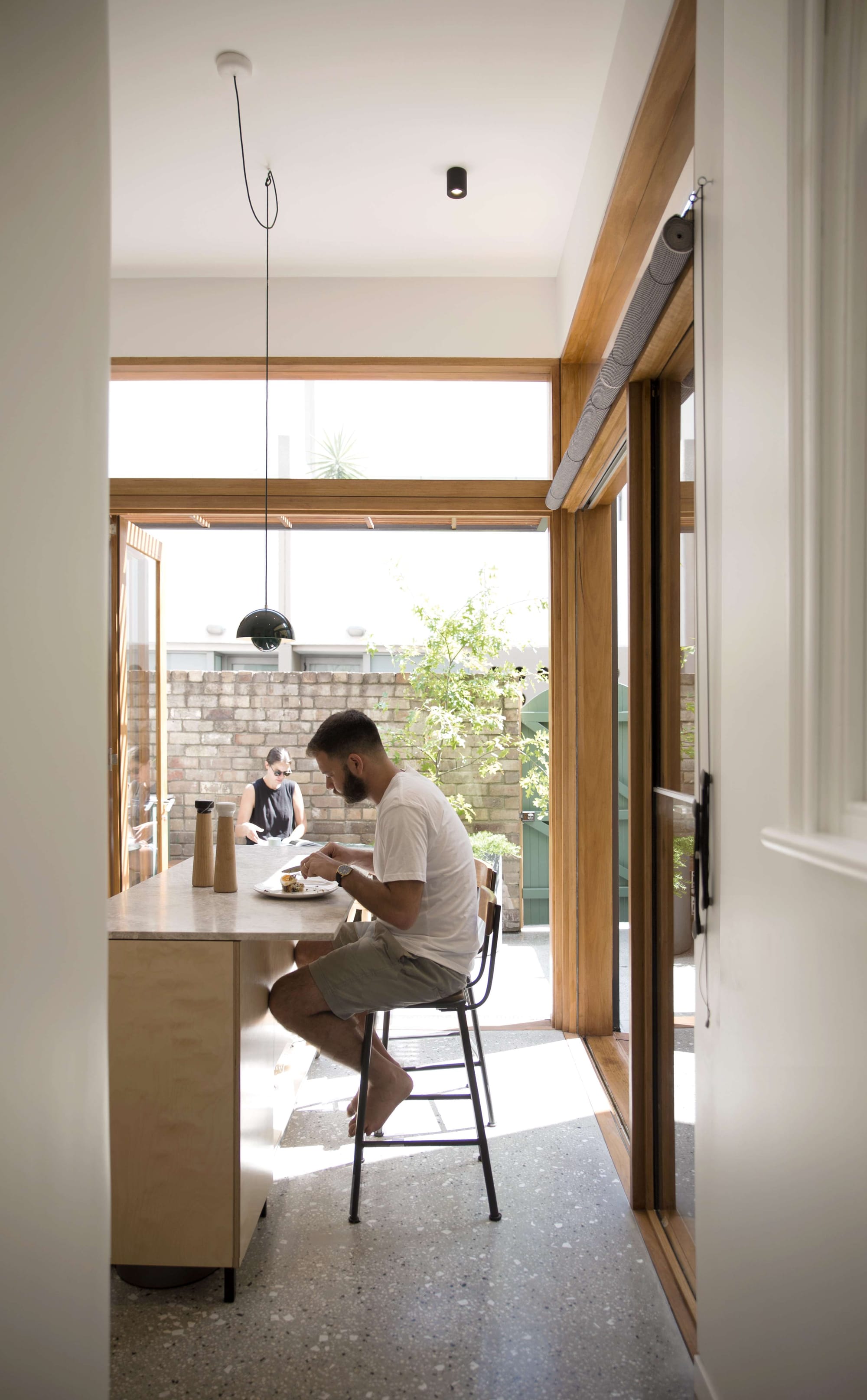
High-Value Renovations That Boost Property Appeal
1. Kitchen Upgrades
The kitchen is the emotional and functional heart of the home — and buyers know it. A well-designed, light-filled kitchen with high-quality finishes consistently ranks as one of the top value-adds.
What works:
- Replacing benchtops with stone or engineered surfaces
- Updating cabinetry and handles
- Installing energy-efficient appliances
- Open-plan layouts that connect to dining/living spaces
Tip: Avoid over-customising. Stick with neutral palettes and timeless materials that appeal to a wide audience.
Estimated ROI: 60–80% return on cost in most metro markets.
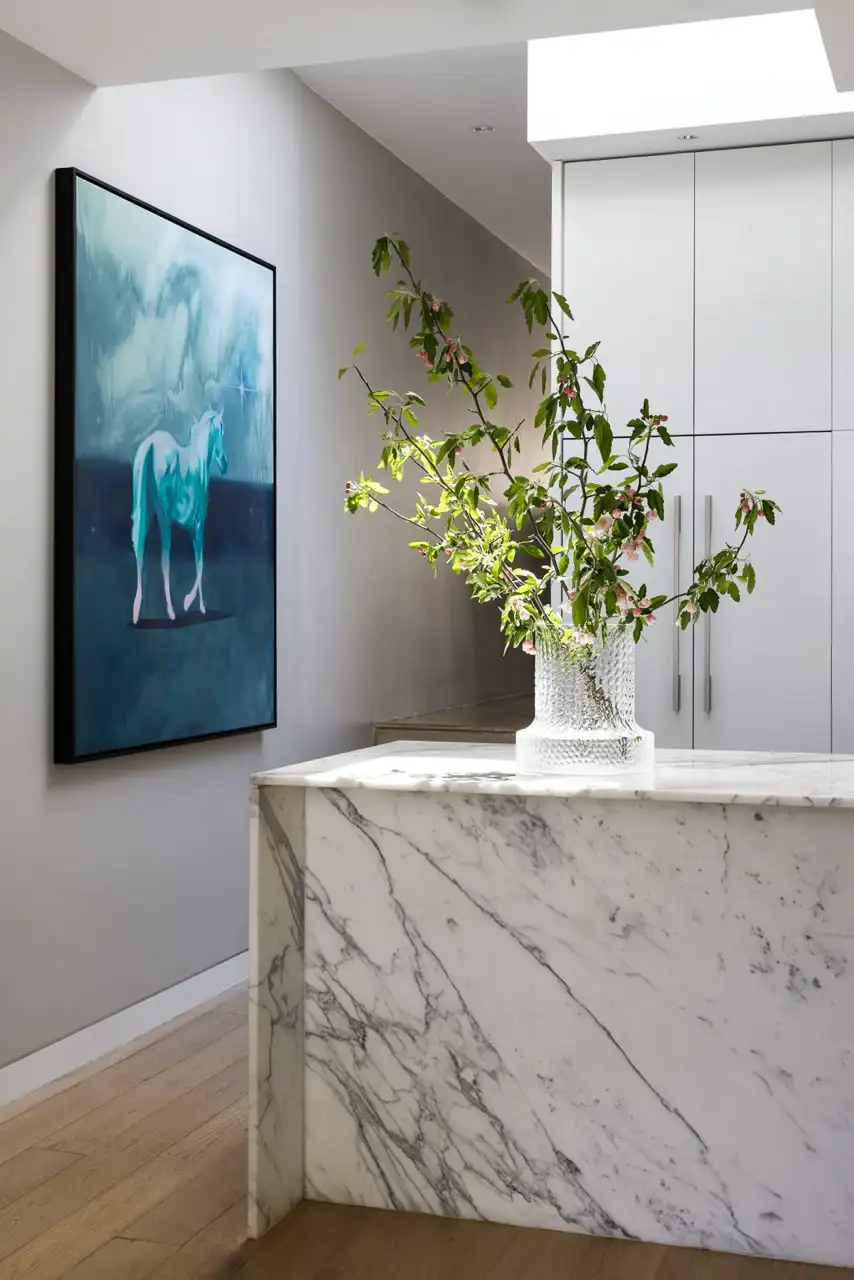
Planning a Renovation? Start With the Right Advice
Whether you're refreshing a kitchen, rethinking your layout, or taking on a full home renovation — good advice makes all the difference. We'll connect you with experienced architects, designers, and builders who can guide you from concept to completion.
Get Renovation Advice2. Bathroom Improvements
Like kitchens, bathroom upgrades can significantly increase property value. Think clean lines, modern fixtures, and clever use of space.
Top upgrades:
- Frameless glass showers
- Large-format tiles
- Wall-hung vanities for a floating, spacious feel
- Water-saving tapware and dual-flush toilets
Bonus value: Adding a second bathroom or powder room — especially in older homes — is often one of the highest-return renovations.
Estimated ROI: 50–75%, depending on finish level and layout improvement.
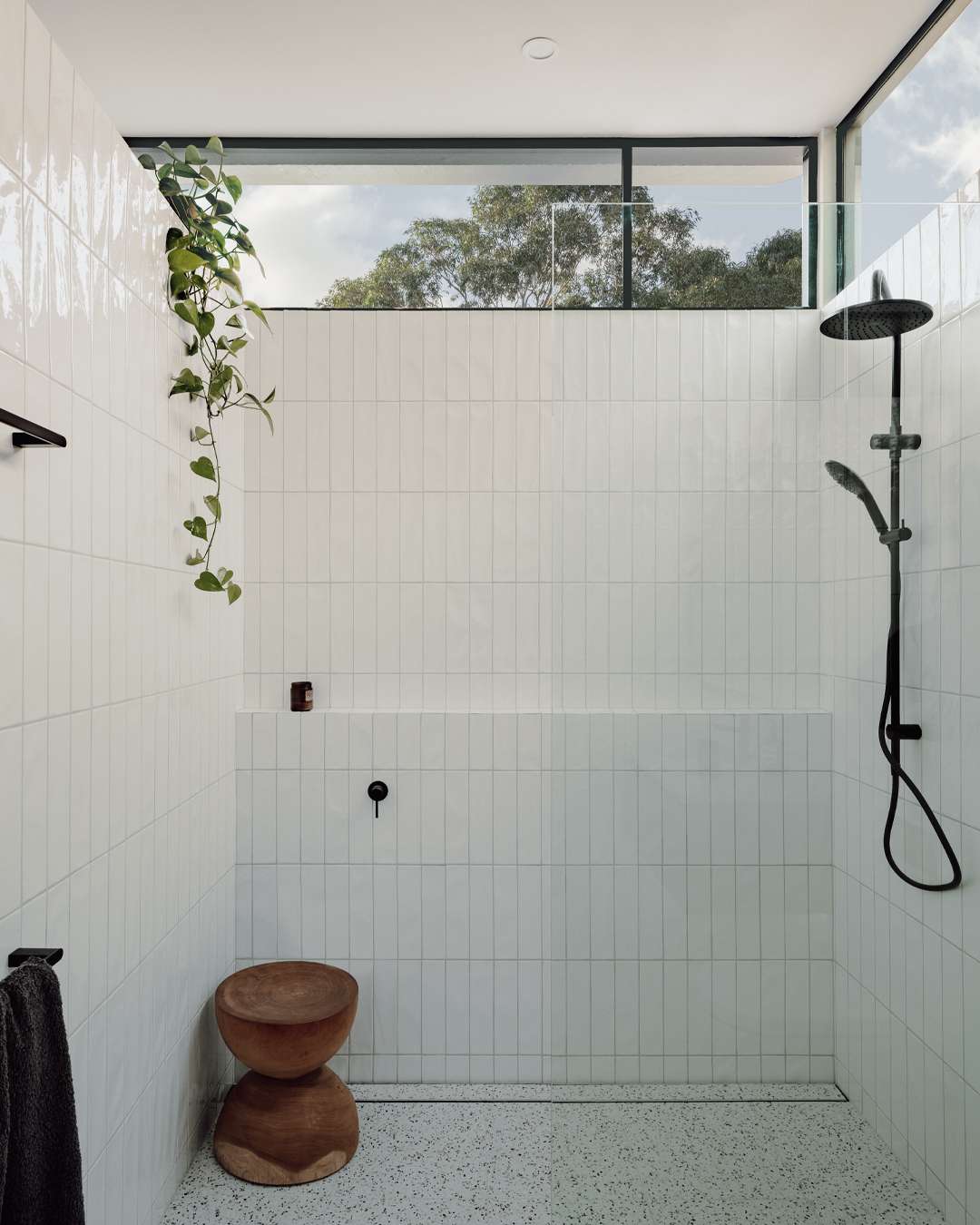
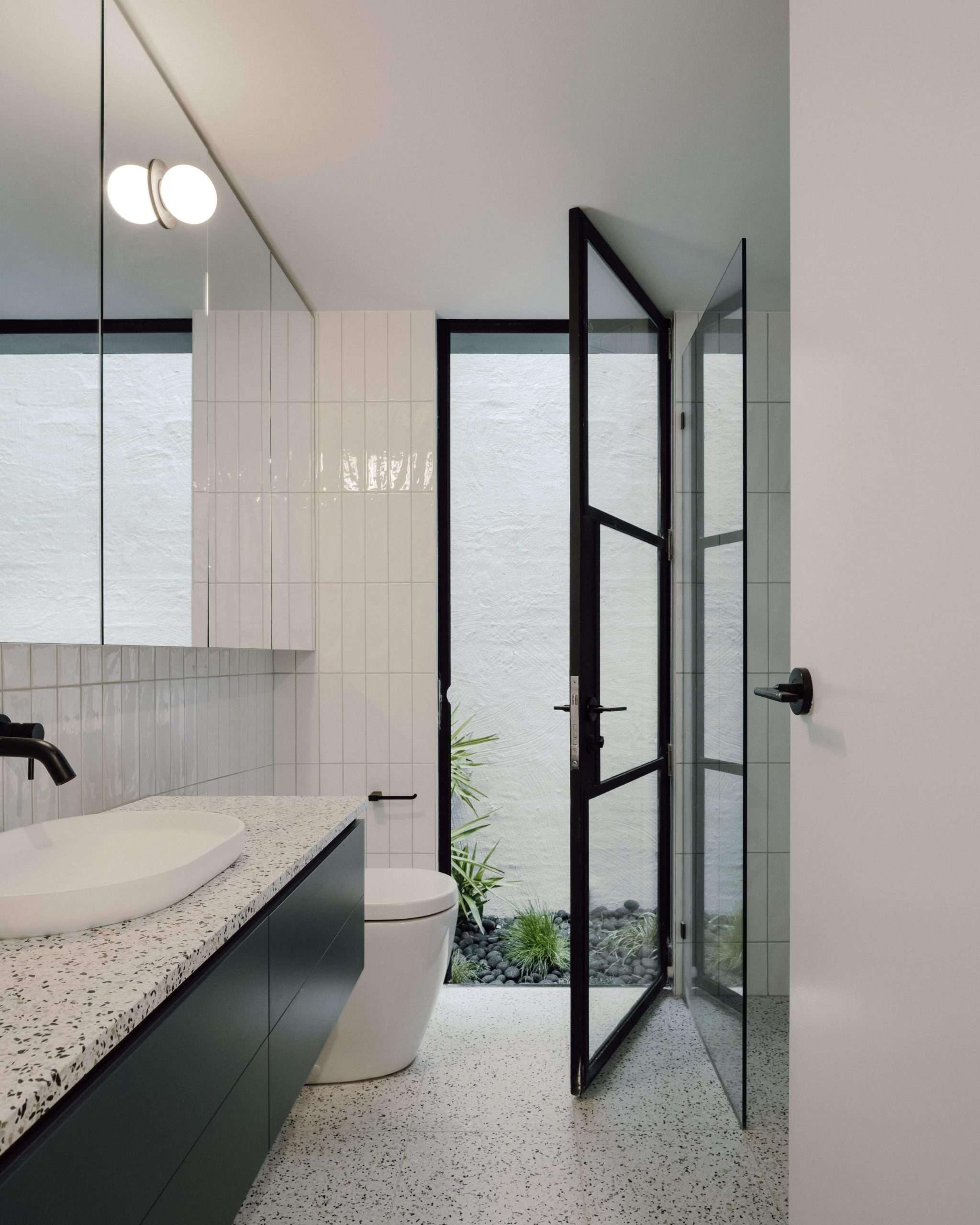
3. Outdoor Living Spaces
With Australia's mild climate and love of indoor-outdoor living, outdoor improvements can add major lifestyle (and resale) appeal.
Add value with:
- Covered alfresco areas or patios
- Outdoor kitchens or built-in BBQs
- Timber or composite decking
- Native or low-maintenance landscaping
Tip: Ensure your outdoor spaces connect seamlessly with interior zones via sliding or bifold doors.
Estimated ROI: 60–100% depending on climate and neighbourhood expectations.
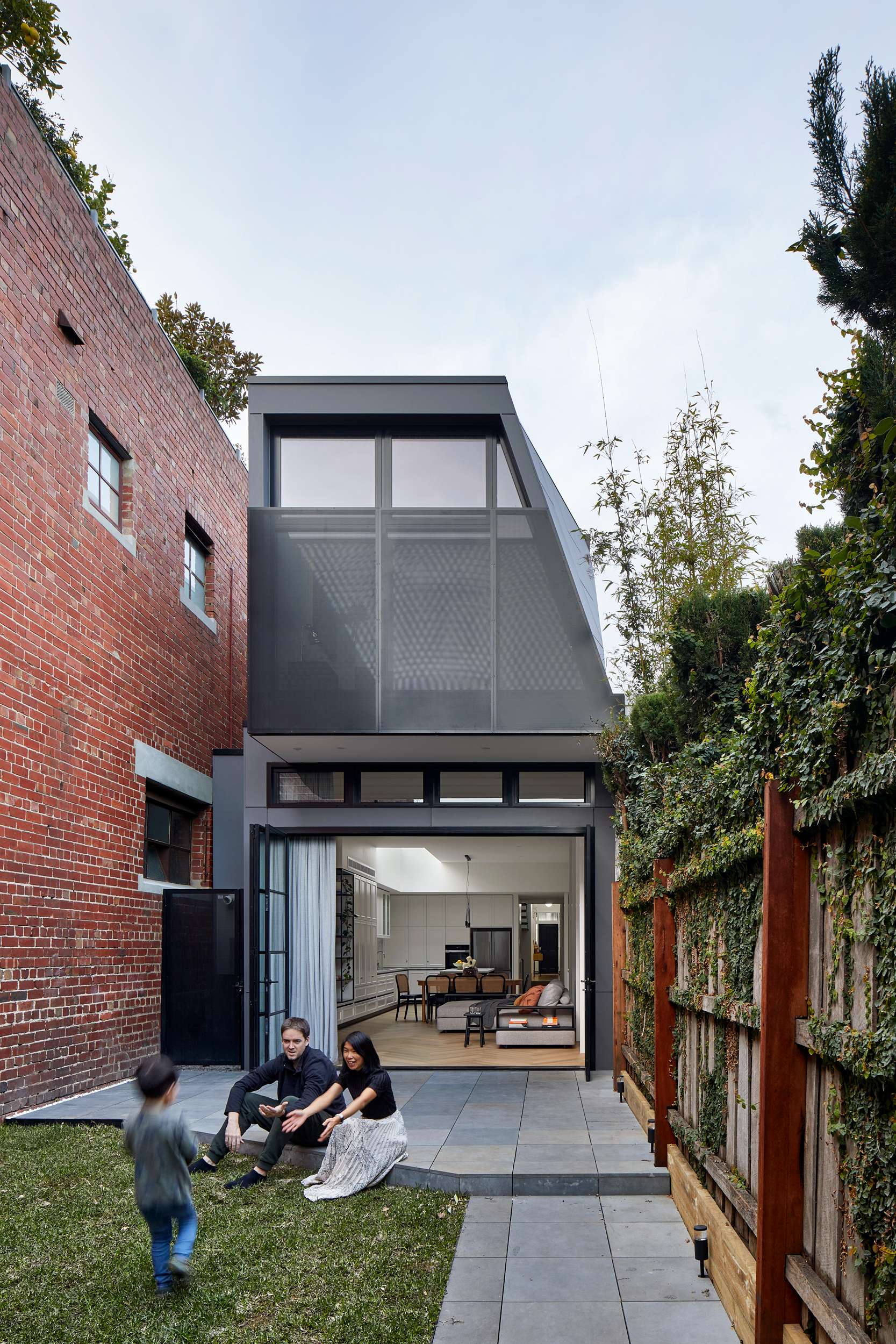
4. Adding a Bedroom or Secondary Living Area
In real estate, more rooms often mean more value. Adding an extra bedroom — especially if it brings a property from two to three or three to four bedrooms — can dramatically shift price brackets.
Consider:
- Converting a study or rumpus room into a bedroom
- Adding a second living area or media room
- Ensuring new spaces are well-ventilated and light-filled
Estimated ROI: Often 75%+, especially in family-oriented suburbs.
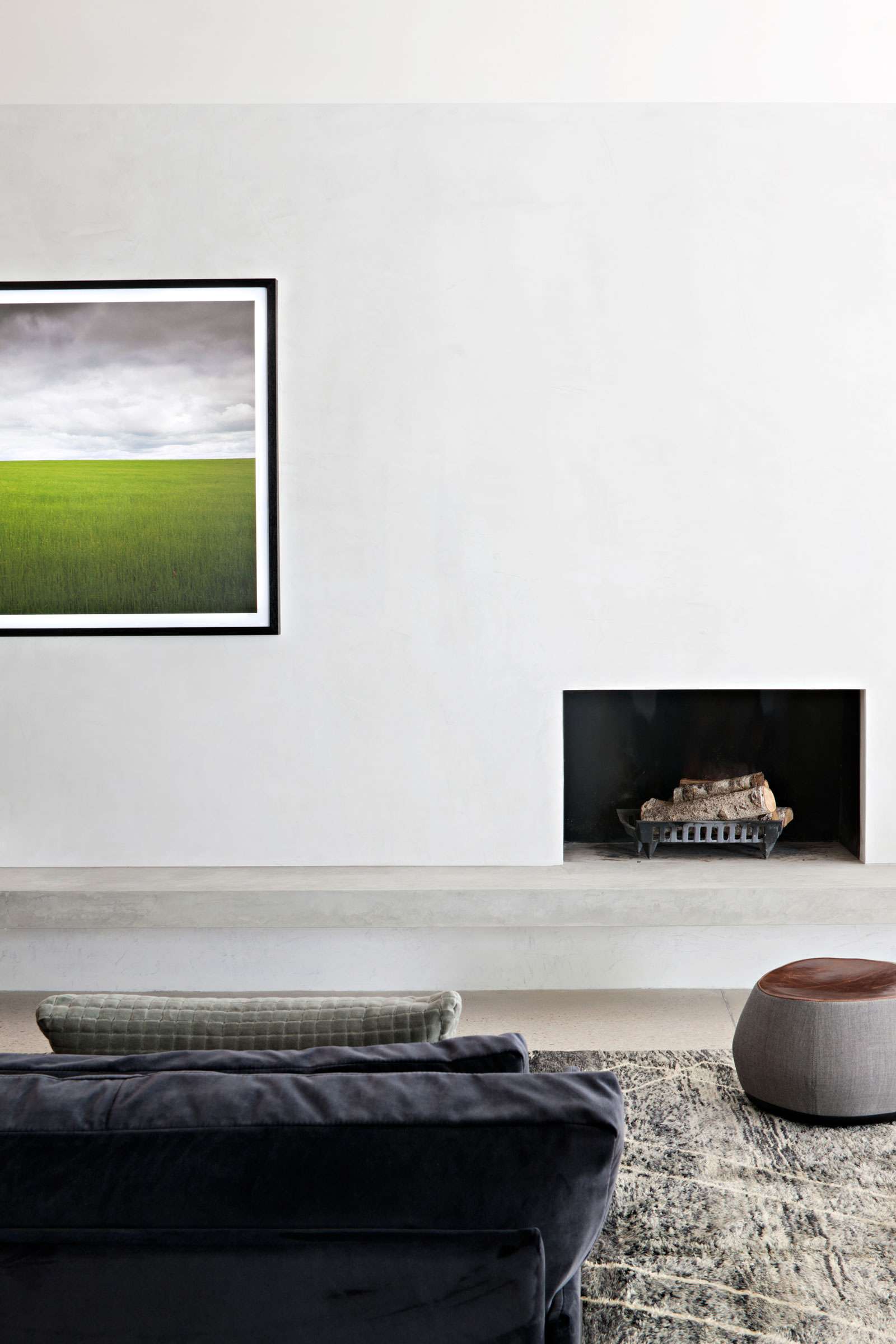
5. Street Appeal & Entry Upgrades
First impressions matter. Small improvements to the front façade can yield strong emotional responses from buyers.
Easy wins include:
- Painting or rendering the front exterior
- Upgrading your front door and house number
- Adding feature lighting or new fencing
- Improving landscaping and pathway design
Estimated ROI: 50–70% — with lower cost and faster turnaround than structural works.

Other Renovations That Add Lifestyle (and Long-Term) Value
Energy Efficiency Upgrades
Increasingly, buyers are seeking homes that are comfortable and cost-effective to run.
Smart upgrades include:
- Double-glazing
- Roof insulation or reflective batts
- Solar panels and battery storage
- LED lighting and efficient HVAC systems
These may not immediately reflect in resale value but can enhance marketability and attract eco-conscious buyers.
Smart Home Features
Tech-savvy buyers are drawn to integrated systems that make life easier.
- Smart thermostats and lighting
- App-connected alarm systems and doorbells
- Home hubs for audio/entertainment
When installed tastefully, these can provide a point of difference in competitive markets.
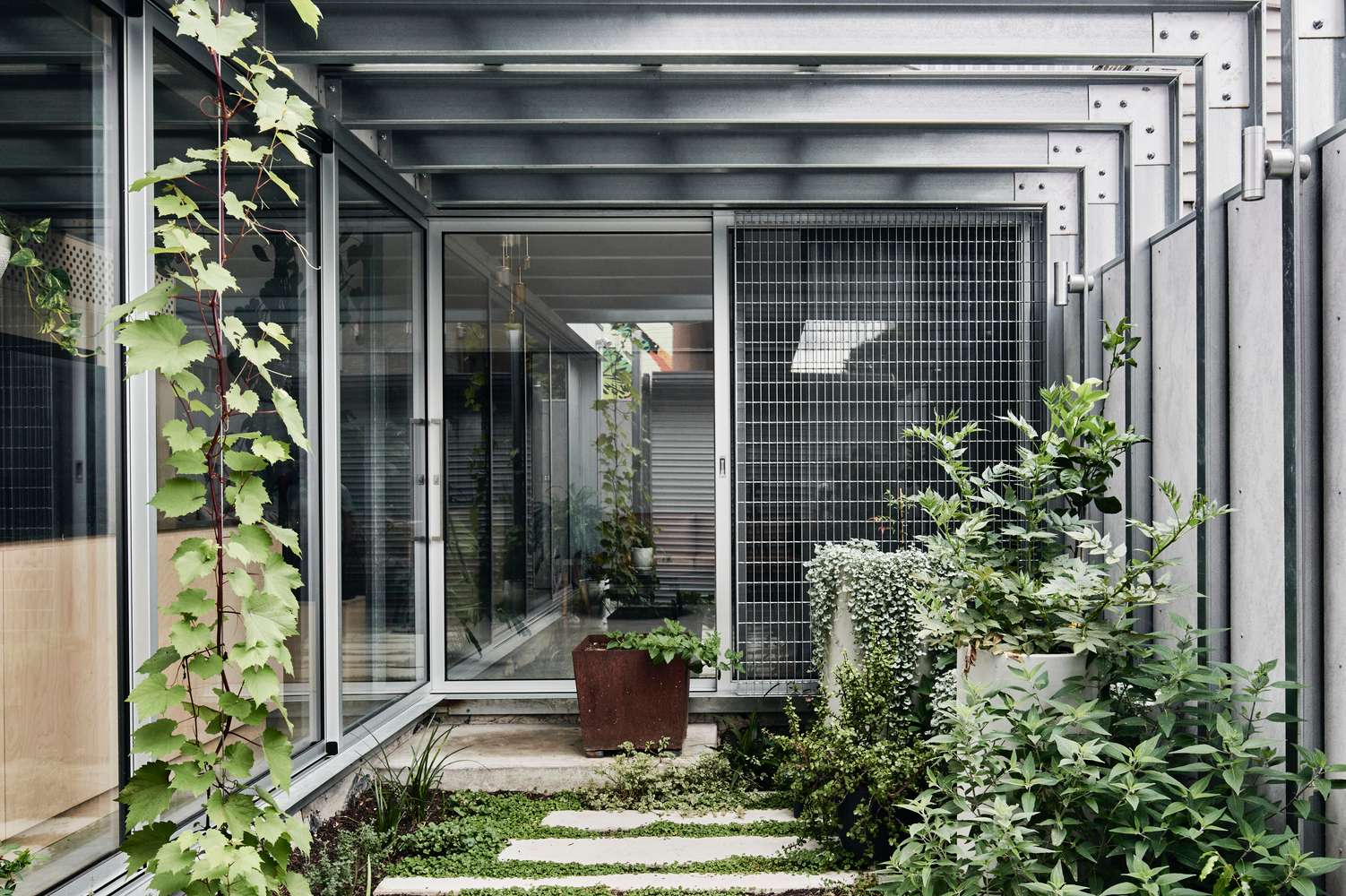
Renovations with Mixed Return
Some upgrades don’t always deliver the returns homeowners expect. These can include:
- Swimming pools: Desirable for some buyers, but expensive to install and maintain
- Luxury finishes: High-end custom fixtures or imported materials may not be appreciated in entry-level markets
- Overcapitalisation: Investing more than your home’s ceiling value for the suburb can reduce ROI
Tip: Always research local market expectations before committing to large outlays. Real estate agents and local designers can offer valuable insights into buyer behaviour.
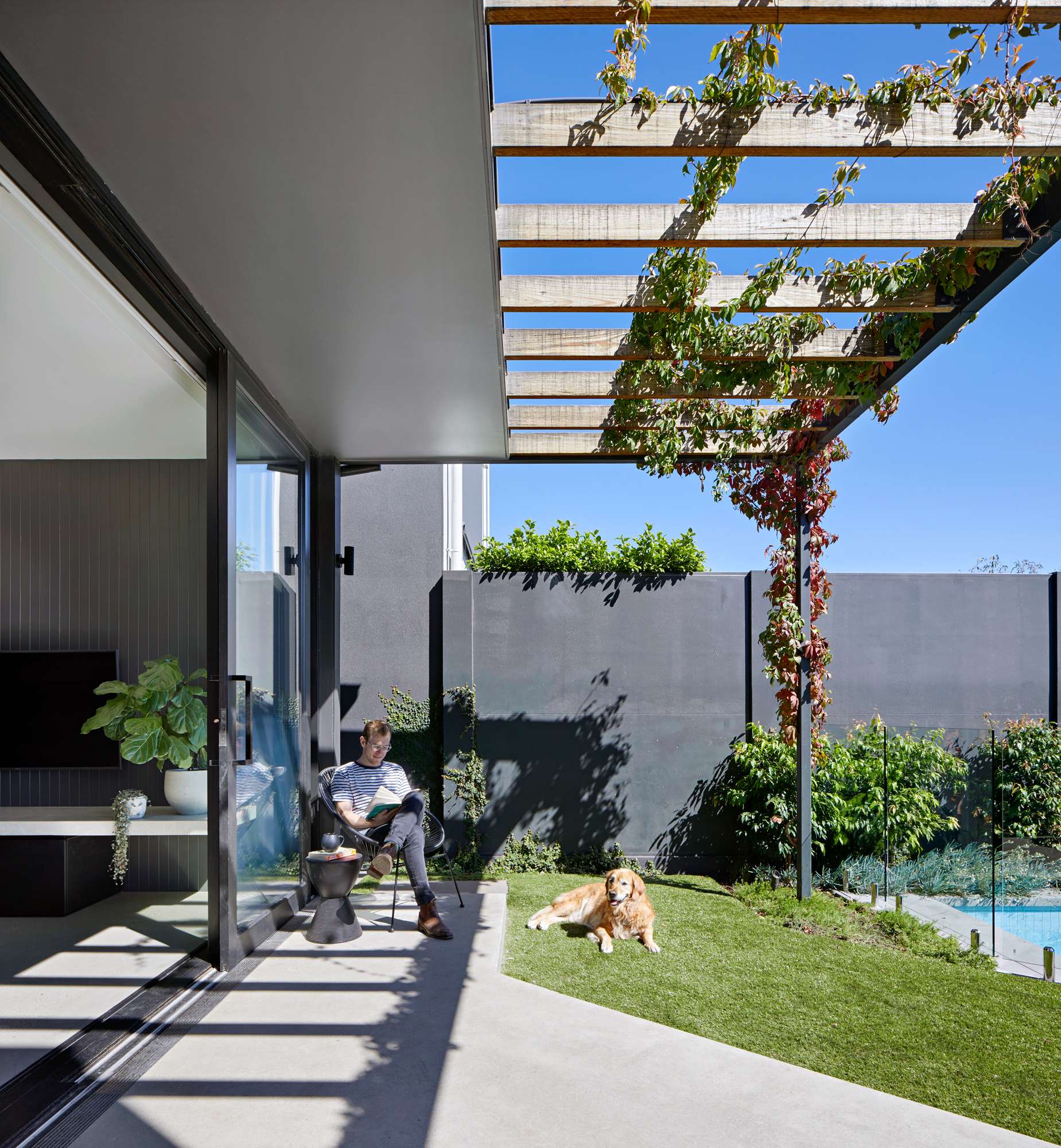
Planning a Renovation? Start With the Right Advice
Whether you're refreshing a kitchen, rethinking your layout, or taking on a full home renovation — good advice makes all the difference. We'll connect you with experienced architects, designers, and builders who can guide you from concept to completion.
Get Renovation AdviceRenovation Planning Tips
- Prioritise function: A beautifully renovated space that lacks storage or good circulation can be a letdown.
- Keep consistency: Match the style and quality of your new work to the rest of the home.
- Set a realistic budget: Leave a 10–15% buffer for surprises.
- Check for approvals: Some work may require council approval or a Complying Development Certificate (CDC).
- Talk to local agents: They can provide insight into buyer preferences in your area.
- Work with professionals: Designers and architects help balance aesthetic, cost and compliance.
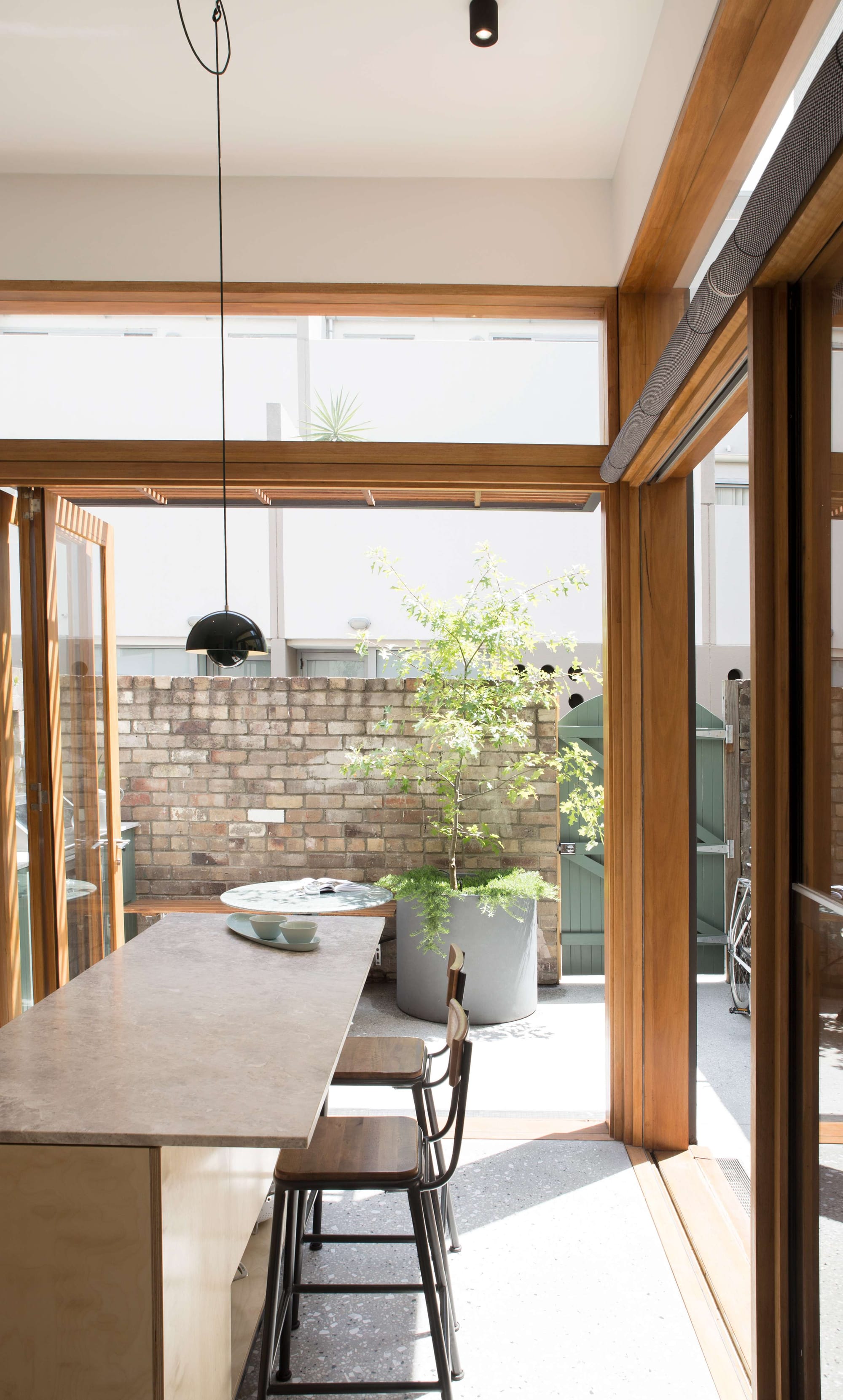
Regional Considerations
Renovation priorities can differ across states and lifestyle markets:
- In Brisbane and Perth: Outdoor upgrades and natural ventilation are key
- In Melbourne: Thermal efficiency, insulation, and heating systems add value
- In coastal towns: Durable finishes, weather protection, and light interiors are favoured
- In colder climates like ACT and Tasmania: Energy-efficient windows and heating systems rank high
Also consider climate zone regulations, bushfire overlays, and heritage restrictions, which may impact what changes are permissible — and how much they’ll cost.
The most successful renovations are the ones that strike a balance between form, function, and market appeal. Whether you’re updating a tired home, preparing for sale, or improving your lifestyle, choosing the right projects — and professionals — is essential.
Focus on timeless improvements that enhance the flow, comfort, and usability of your home. Avoid fleeting design trends unless you’re planning to sell quickly — and even then, be cautious with bold colour schemes or highly specific features.
At CO-architecture, we help homeowners connect with experienced building designers, architects, and interior professionals who understand how to design for value.
Planning a Renovation? Start With the Right Advice
Whether you're refreshing a kitchen, rethinking your layout, or taking on a full home renovation — good advice makes all the difference. We'll connect you with experienced architects, designers, and builders who can guide you from concept to completion.
Get Renovation AdviceFrequently Asked Questions (FAQ)
What renovation adds the most value to a home in Australia?
Kitchen and bathroom upgrades typically offer the highest return on investment, especially when modernised with timeless, neutral finishes and improved layouts.
Are outdoor renovations worth it?
Yes. In Australia’s climate, outdoor living spaces like patios, alfresco dining areas, and decks are highly desirable and can deliver strong value, especially in family-friendly or lifestyle-driven suburbs.
Is adding a bedroom a good investment?
Absolutely. Adding a bedroom — especially when it increases the property from 2 to 3 or 3 to 4 bedrooms — can significantly boost a home's value and appeal to growing families.
What renovations should I avoid if I'm selling soon?
Luxury upgrades with limited mass appeal (e.g. bespoke cabinetry, premium imported tiles) may not provide a strong return. Avoid overcapitalising or over-customising beyond the market expectations in your area.
Do I need council approval for renovations?
Some internal renovations may be exempt, but structural changes, additions, or changes to the exterior often require a Development Application (DA) or Complying Development Certificate (CDC). Always check with your local council or a designer.
Disclaimer: This guide is general in nature and does not constitute financial or investment advice. For tailored guidance, consult a real estate professional, valuer, or designer familiar with your area.


